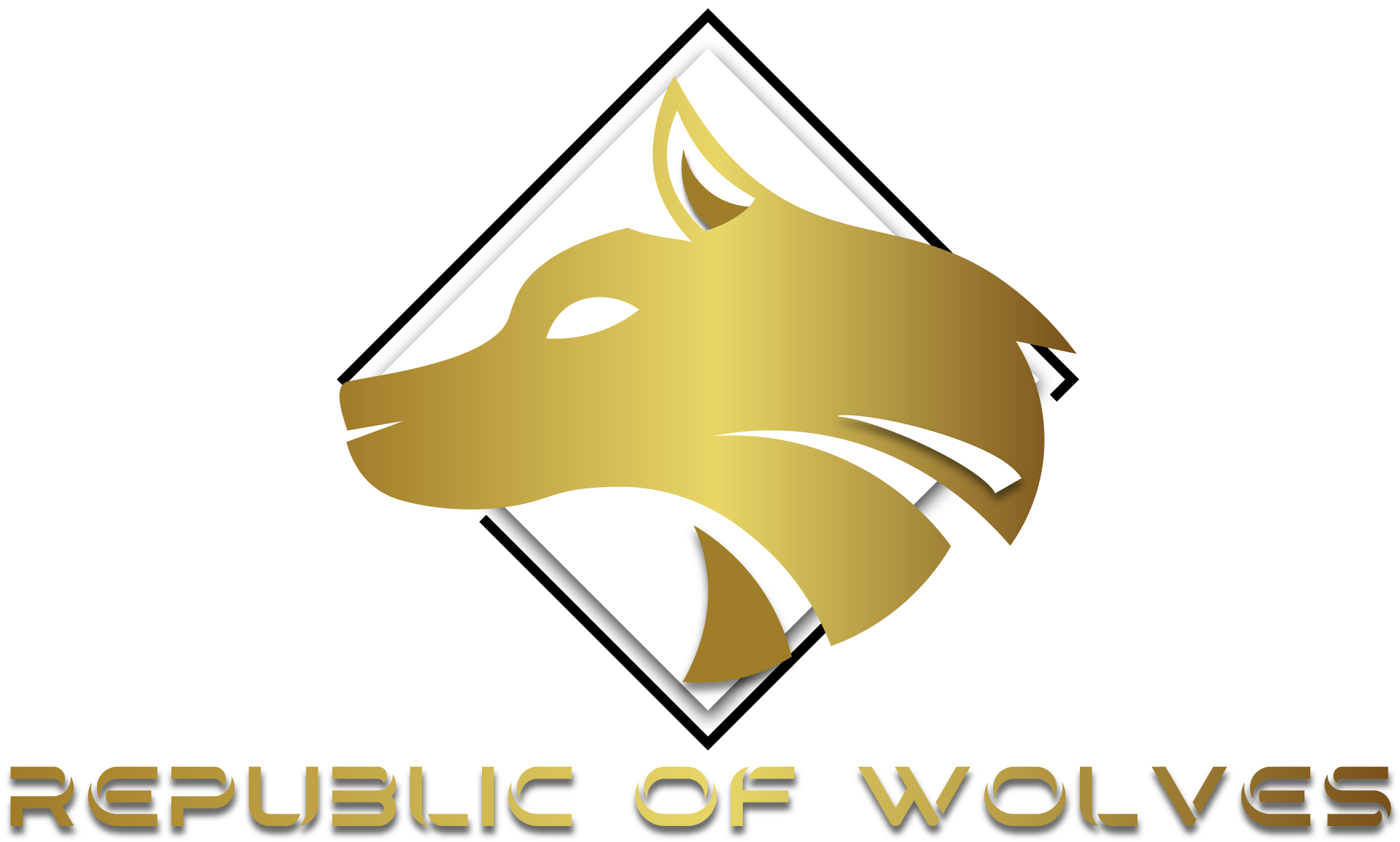Deep within the heart of the wilderness, a unique community thrives, governed by intricate social hierarchies and driven by a profound connection with nature. The Republic of Wolves, a symbol of resilience and adaptability, offers us a fascinating glimpse into the world of wolf pack dynamics, where family bonds, communication, and cooperation weave together to form a resilient and thriving society. As we delve into the complexities of wolf pack communities, we begin to unravel the secrets behind their remarkable ability to thrive in the harshest of environments, and discover the valuable lessons they offer us in our own quest for harmony with the natural world.
From the importance of family bonds to the delicate balance between cooperation and conflict, the Republic of Wolves serves as a powerful reminder of the intricate web of relationships that underpins the very fabric of their existence. By exploring the intricacies of wolf pack dynamics, we gain a deeper understanding of the complex interplay between individual wolves and their environment, and uncover the critical role that these magnificent creatures play in shaping the ecosystems they inhabit.
As we embark on this journey into the world of wolf pack communities, we find ourselves drawn into a rich tapestry of themes and ideas, from the symbolism of wolves in different cultures to the pressing issues facing wolf populations in the modern era. Through our exploration of the Republic of Wolves, we hope to shed new light on the vital importance of preserving these incredible animals and their habitats, and to inspire a renewed sense of wonder and awe at the natural world around us.

Who is the Singer in Republic of Wolves?
We’re excited to share with you our story as Republic of Wolves, and we’re glad you asked about our lead singer, Mason Maggio. As the face of our band, Mason brings his unique energy and passion to every performance, captivating audiences with his soulful voice and infectious stage presence.
Our Band Members
Our band consists of lead singer Mason Maggio, guitarist Christian Van Deurs, drummer Chris Wall, and keyboardist Billy Duprey. Each member brings their own distinct talent and style to the table, making us a dynamic and exciting group to watch.
Competitors in the Indie Music Scene
While there are many talented bands out there, we believe that our unique sound and style set us apart from the competition. Bands like Folklore Orchestra and The Hoodies are definitely worth checking out, but we think our music speaks for itself.
About Us
Republic of Wolves is a website dedicated to fans of indie music, offering insights into our creative process, live performances, and the broader indie music scene. We provide blog content that delves into the artistic journey of our band, updates on indie music trends, and reflections on creative expression. Our goal is to connect and inspire indie music enthusiasts, and we hope you’ll join us on this journey.
Stay Connected
Want to stay up-to-date on our latest news and releases? Follow us on social media or sign up for our newsletter to get the latest scoop on what’s happening with Republic of Wolves.
Is a Pack of Wolves an Example of a Community?
We can learn from the social dynamics of wolf packs, which often consist of a core group of family members and other related individuals.
- A typical wolf pack consists of a dominant male and female, known as the alpha pair, who lead the group and protect its territory.
- The alpha pair is usually accompanied by their offspring from previous years, which helps to strengthen the pack’s bonds and increase its chances of survival.
- Additionally, wolf packs may also include other less closely related wolves, such as orphans or individuals that have joined the pack through various means.
This complex social structure allows wolf packs to thrive in their environments and adapt to changing circumstances.
Community Characteristics
Wolf packs exhibit several characteristics that define a community:
- Wolves are highly social animals that rely on cooperation and communication to survive.
- They work together to hunt prey, share food, and care for their young, demonstrating a strong sense of unity and shared responsibility.
- The pack’s social hierarchy is maintained through a combination of dominance, submission, and mutual respect, ensuring that everyone plays a vital role in the group’s well-being.
Competitors and Comparison
Other predators, such as bears and mountain lions, may also form loose associations or coalitions to hunt and defend against common threats.
However, these groups are typically much smaller and less stable than wolf packs, and they lack the same level of cohesion and cooperation.
Conclusion
In conclusion, a pack of wolves is indeed an example of a community, characterized by its complex social structure, cooperative behavior, and shared responsibilities.
By studying wolf packs, we can gain valuable insights into the importance of community and cooperation in achieving success and survival in our own lives.

Understanding the Complex Social Dynamics of Wolf Packs
Wolf packs are highly organized communities within their habitats, governed by a strict hierarchy and led by dominant alpha pairs. These cooperative societies play a crucial role in the survival and success of individual wolves, and their dynamics have been extensively studied in various fields of science.
The Importance of Hierarchy in Wolf Packs
A well-established hierarchy within a wolf pack ensures the efficient distribution of resources, such as food and mating opportunities. Dominant alpha pairs typically hold positions of power and influence, while subordinate members defer to their authority. This hierarchical structure allows for effective communication, coordination, and conflict resolution among pack members.
Cooperation and Mutual Support in Wolf Packs
One of the most striking aspects of wolf pack behavior is their ability to cooperate and support one another in various situations. Pack members work together to hunt prey, protect their territory, and care for their young. This level of cooperation is essential for the survival and success of the pack, and it has been observed in numerous studies of wolf behavior.
Learning and Adaptation in Wolf Packs
Wolf packs are capable of learning and adapting to changing environments and circumstances. Through observation and imitation, younger pack members can acquire new skills and knowledge, allowing the pack to evolve and respond to challenges effectively. This capacity for learning and adaptation is critical to the long-term success of the pack.
Outstanding Competitors: Other Canine Societies
Other canine species, such as dogs and coyotes, exhibit similar social behaviors to those found in wolf packs. However, these societies often lack the complexity and organization seen in wolf packs. Dogs, for example, are known for their loyalty and attachment to human families, but their social structures are generally less hierarchical and less cooperative than those of wolves.
Key Takeaways from Wolf Pack Dynamics
The study of wolf pack dynamics offers valuable insights into the complexities of animal social behavior and the importance of cooperation and mutual support. By understanding the intricate relationships within wolf packs, we can gain a deeper appreciation for the natural world and the remarkable adaptability of these incredible creatures.
- National Geographic – Wolf Facts
- Wildlife Conservation Society – Wolf Species Page
- Wikipedia – Wolf Pack Article

Understanding Wolf Pack Dynamics
We can learn valuable lessons from the complex social structures of wolf packs, which significantly impact the behavior and survival of individual wolves. By studying these dynamics, we can gain insights into effective collaboration, leadership, and adaptability – essential qualities for human societies.
Cooperation and Hierarchy in Wolf Packs
Wolf packs are characterized by a hierarchical structure, with dominant individuals leading subordinate ones. However, this hierarchy is not fixed and can change depending on various factors, such as the presence of a new alpha pair or the departure of a pack member. This flexibility allows wolf packs to respond effectively to changing environments and prey populations.
Key Takeaways from Wolf Pack Dynamics
Some key takeaways from wolf pack dynamics include:
- Understanding Wolf Behavior: Studying wolf behavior can provide valuable insights into their social structures and communication patterns.
- Conservation Efforts for Wolves: Conservation efforts, such as habitat preservation and population management, are crucial for protecting wolf populations and maintaining healthy ecosystems.
- Scientific Research on Wolf Packs: Ongoing scientific research continues to uncover the complexities of wolf pack dynamics, shedding light on their social behaviors and adaptations.
Applying Wolf Pack Dynamics to Human Societies
By examining the social structures and behaviors of wolf packs, we can identify parallels with human societies. For example:
- Effective Collaboration in the Workplace: Understanding the importance of cooperation in wolf packs can inform strategies for promoting teamwork and collaboration in human workplaces.
- Leadership Lessons from Wolf Packs: Analyzing the leadership styles of wolf packs can provide insights into effective leadership strategies for humans.
Conclusion
In conclusion, studying wolf pack dynamics offers valuable lessons for understanding effective collaboration, leadership, and adaptability. By applying these insights to human societies, we can develop more effective strategies for promoting teamwork, leadership, and environmental conservation.
Understanding the Complex Social Structure of Wolf Packs
Wolf packs are thriving communities that play a crucial role in the lives of individual wolves, characterized by cooperation, hierarchy, and a delicate balance of power. A study published by the National Park Service highlights the importance of understanding wolf pack dynamics, emphasizing that “wolf packs are highly social animals that rely on each other for survival.”
The Role of Leadership in Wolf Packs
Alpha males and females typically lead wolf packs, making decisions regarding food hunting, territory defense, and pup rearing. However, recent research suggests that alpha status may not always be fixed, with individuals taking on leadership roles based on their skills and experience. For instance, a study by the University of Wisconsin-Madison found that “alpha females can become dominant in the absence of a male alpha.”
Communication and Cooperation in Wolf Packs
Effective communication and cooperation are essential components of wolf pack success. Wolves use various forms of communication, including vocalizations, body language, and scent marking, to convey information and coordinate actions. A study published by the Journal of Mammalogy demonstrated that “wolf packs exhibit high levels of cooperation during hunts, with individuals working together to bring down prey.”
Impact of Human Activity on Wolf Pack Dynamics
Human activity, such as habitat fragmentation and hunting, can significantly impact wolf pack dynamics. The International Union for Conservation of Nature (IUCN) reports that “human-caused mortality remains a major threat to wolf populations worldwide.” As a result, conservation efforts are necessary to protect wolf habitats and reduce human-wolf conflicts.
Comparative Analysis with Other Canine Species
A comparative analysis between wolf packs and other canine species reveals distinct differences in social structure and behavior. For example, a study published by the journal Animal Behaviour compared wolf packs to domestic dogs, highlighting the differences in their social hierarchies and communication styles.
Conclusion
In conclusion, wolf packs are complex social structures that play a vital role in the lives of individual wolves. Understanding the intricacies of wolf pack dynamics is essential for effective conservation and management of these ecosystems. By studying wolf pack behavior and ecology, we can gain valuable insights into the importance of cooperation, leadership, and communication in maintaining healthy and thriving wolf populations.
Related Resources:
* National Park Service: Wolf Pack Dynamics
* University of Wisconsin-Madison: Alpha Females in Wolf Packs
* PLOS ONE: Wolf Pack Cooperation During Hunts
* International Union for Conservation of Nature (IUCN): Gray Wolf
Characteristics of Healthy and Harmonious Wolf Communities
We believe that understanding the intricacies of wolf social dynamics can provide valuable insights into building strong communities.
- National Geographic’s Wolf Page: A comprehensive resource for learning about wolves, their habitats, and behavior.
- The importance of pack hierarchy cannot be overstated, as it ensures a sense of order and stability within the community.
- Wildlife Conservation Society’s Wolf Page: Offers information on wolf conservation efforts and the impact of human activity on wolf populations.
- A well-functioning communication system is crucial for wolves, allowing them to convey vital information and coordinate actions.
Behavioral Traits of Thriving Wolf Packs
Observations have shown that wolves exhibit various behavioral traits that contribute to their success as a cohesive unit.
- Science Magazine Article: Explores the complex relationships between alpha males and prey species in wolf packs.
- Wolves demonstrate exceptional problem-solving skills, often employing creative strategies to hunt and overcome obstacles.
- Wolf Conservation Center’s Website: Provides updates on wolf conservation efforts and the impact of human activity on wolf populations.
- A strong sense of family bonding is essential for wolf packs, fostering loyalty and cooperation among pack members.
Key Takeaways for Building Harmonious Communities
By understanding the characteristics and behaviors of healthy wolf communities, we can draw inspiration for building stronger, more resilient communities.
- Forbes Article: Offers advice on building high-performing teams, emphasizing the importance of effective communication and collaboration.
- HuffPost Article: Provides strategies for building and maintaining strong community relationships, highlighting the importance of empathy and active listening.
- Inc.com Article: Explores the characteristics of strong communities, emphasizing the need for trust, accountability, and collective responsibility.
- TED Talk: Peter Hamilton shares his insights on building a community from scratch, emphasizing the importance of shared values and a sense of belonging.

0 Comments